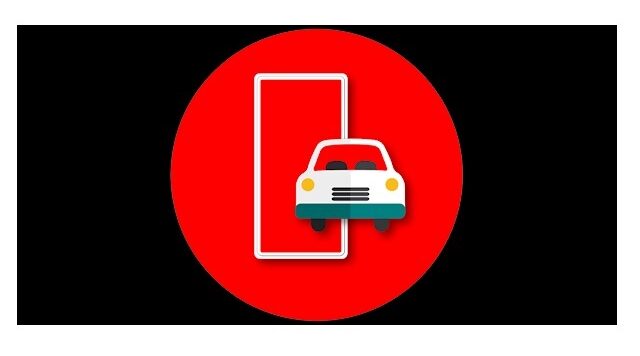e-challan scam: How to recognize fake traffic ticket fraud and escape from paying to scammers
Now-a-days, the fraudsters have found a new way of scamming people with the use of fake e-challan receipts. Know how to identify them.
As the world is moving towards a digitalization world, the use of the internet for various types of work has increased which has also raised the rate of cyber crimes now-a-days.
We often see hackers scamming people through various tempting fake offers, impersonating them as family, or friends, or sending fake links from government agencies or authentic companies.
Now-a-days, the fraudsters have found a new way of scamming people with the use of fake e-challan receipts.
Due to this, the Ministry of Electronics and Information Technology (MeitY)’s Information Security Awareness (ISEA) department has issued an advisory about a fake traffic e-challan scam.
How Does E-Challan Scam Work?
Under this scam, the users were asked to pay for traffic e-challan by clicking on a malicious link. The text message for the challan closely resembles the real one. The fraudulent message will read something like this – “Your Challan No. is … for vehicle number… having challan amount as Rs 500. For online payment of e-challan visit https://echallanparivahan.in/ you can also contact RTO office for disposal of the challan, Regards, RTO ..
However, after clicking on this link and paying for the e-challan you will end up duped by a scammer instead of getting rid of the traffic e-challan. Moreover, if the vehicle owners click on malicious links there is a chance of hackers getting into your phone and stealing your credit/debit card details.
How to identify an e-challan scam?
Firstly, check if the vehicle number quoted is your vehicle number or not. Vehicle numbers can easily be verified by referring to the number plate of the vehicle or the smart card (blue book) issued by the Regional Transport Office (RTO).
Secondly, you need to check if the e-challan is real or not by going through the official e-challan website-https://echallan.parivahan.gov.in/index/accused-challan.
Thirdly, before payment check the link provided in the message. Generally, the fraud links end with .in for example https://echallan.parivahan.in/. Whereas the genuine government sites end with gov.in such as https://echallan.parivahan.gov.in/. So, you need to thoroughly check the message and link before clicking on the link. An actual e-challan payment link will end with “gov.in”.
How to avoid e-challan scams?
The cyber police have advised vehicle owners to refrain from hastily making such payments. The vehicle owners should first identify the authenticity of the challan by going through the official site and checking on the official site by entering the vehicle number and driving license number.
Moreover, a genuine messages will have details of your vehicle, its engine number and chassis number. Whereas these informations will most likely be not present in the fraudulent messages sent by scammers.
If the fine amount is very high, then you should visit the official government RTO office to check if you have actually been fined. Also, an e-challan alert will never come from a cellphone number.
What To Do If You Are Conned?
If you fail to identify a fake e-challan and ended up paying the money then you need to inform the cyber-security immediately. To get your money back, call National Cyber Crime Reporting Portal by dialling 1930 and register a complaint at www.cybercrime.gov.in. This will help to stop the transaction. After that you must also contact your bank and alert them. Then register a complaint at the nearest police station.




 Ms Kalinga
Ms Kalinga